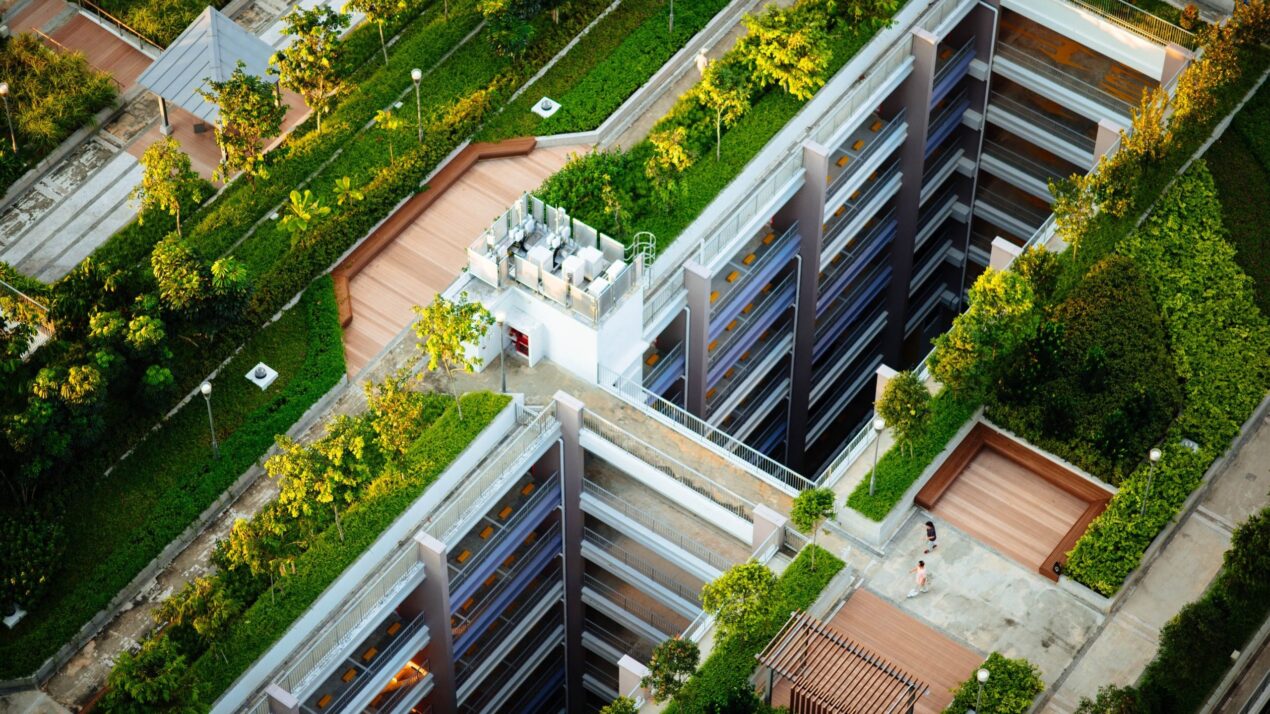
Policy Solution
Green building and energy efficiency standards
Commitment

Summary
Green building practices and energy efficiency standards improve building performance that reduce solar gains, energy consumption, and urban heat islands.
Implementation
Establish voluntary green building or energy efficiency performance standards, which establish a baseline that can be leveraged through more stringent mandates or public pressure at a later time.
Considerations for Use
Resources associated with ratings and certifications can provide upgrade recommendations that are applicable to all buildings not only participating buildings.
Overview
Climate:
Cold, Hot/Dry, Hot/Humid, TemperatePolicy Levers:
CommitmentGovernments set ambitious goals or targets to guide prioritization and investment.Trigger Points:
Preparatory measures (actions to establish authority to act)Actions to establish/ensure the authority to act when appropriate trigger-points occur.Intervention Types:
Buildings and Built FormSectors:
Buildings
Case Studies
Impact
Target Beneficiaries:
Property owners, ResidentsPhase of Impact:
Risk reduction and mitigationMetrics:
Number and scores or levels of certification for buildings that receive ratings
Implementation
Intervention Scale:
City, Nation, Region, State/ProvinceAuthority and Governance:
City government, National government, State/provincial governmentImplementation Timeline:
Medium-term (3-9 Years)Implementation Stakeholders:
City government, Private developersFunding Sources:
Private investment, Public investmentCapacity to Act:
HighBenefits
Cost-Benefit:
LowPublic Good:
N/AGHG Reduction:
MediumCo-benefits (Climate/Environmental):
Reduce greenhouse gas emissionsCo-benefits (Social/Economic):
Increase property values, Save on utilities
